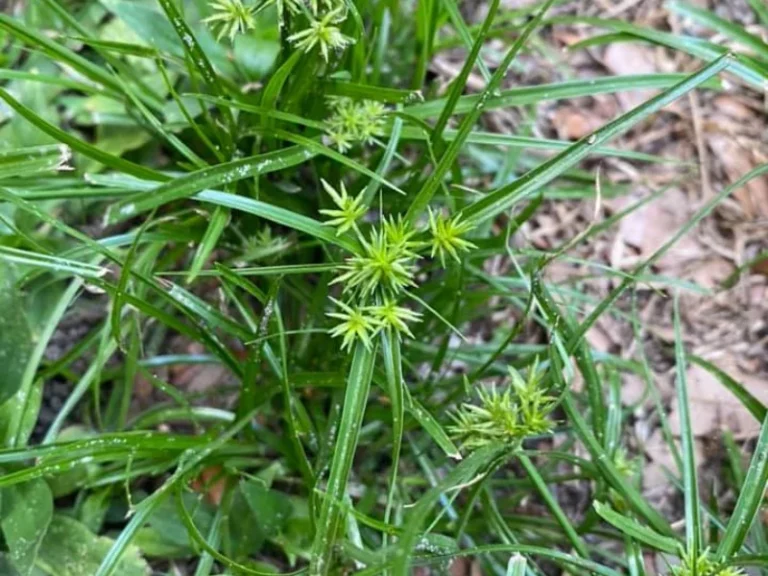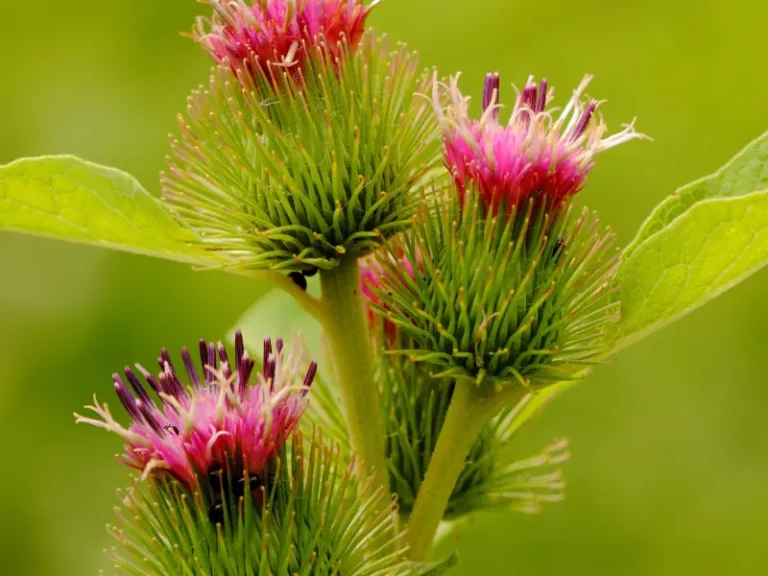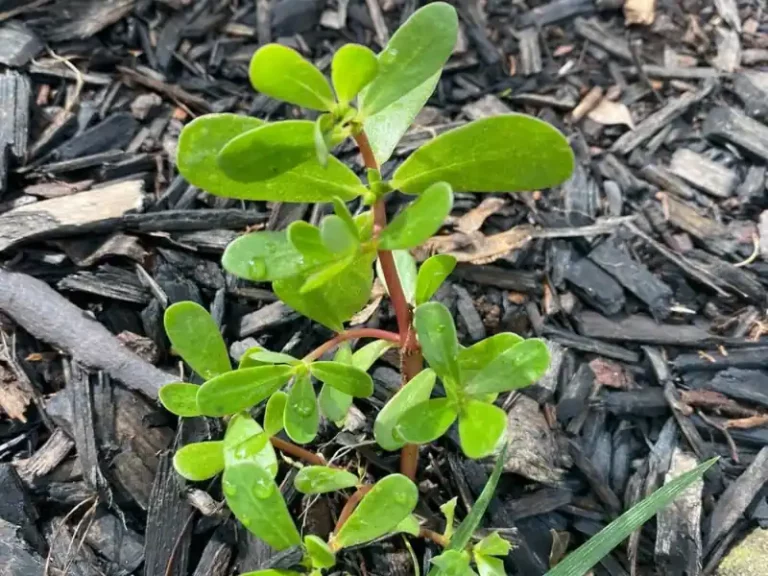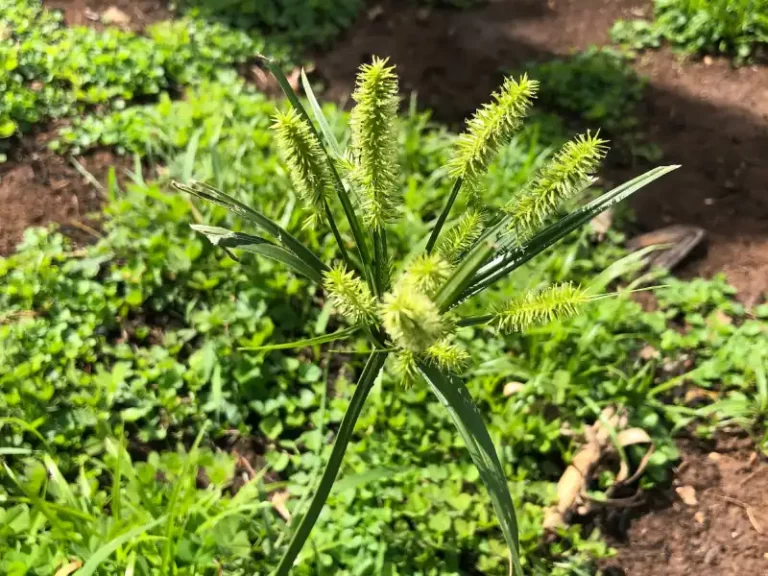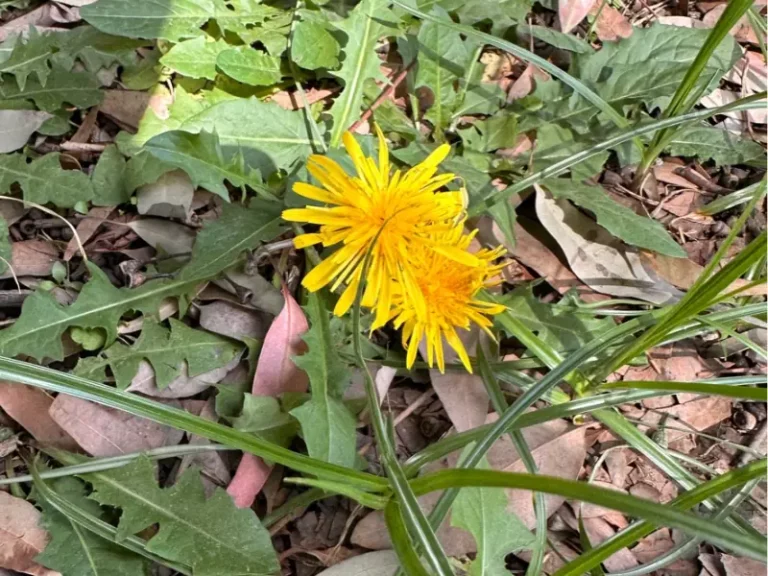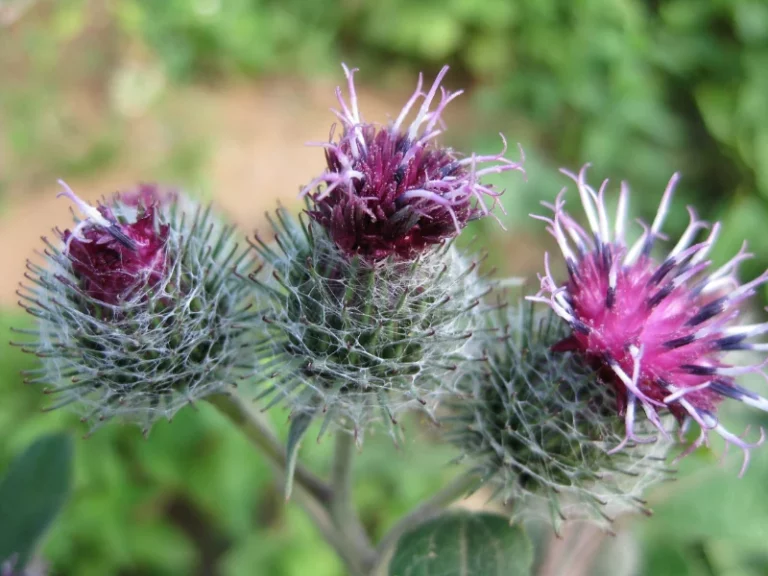Weeds That Look Like Strawberry Plants
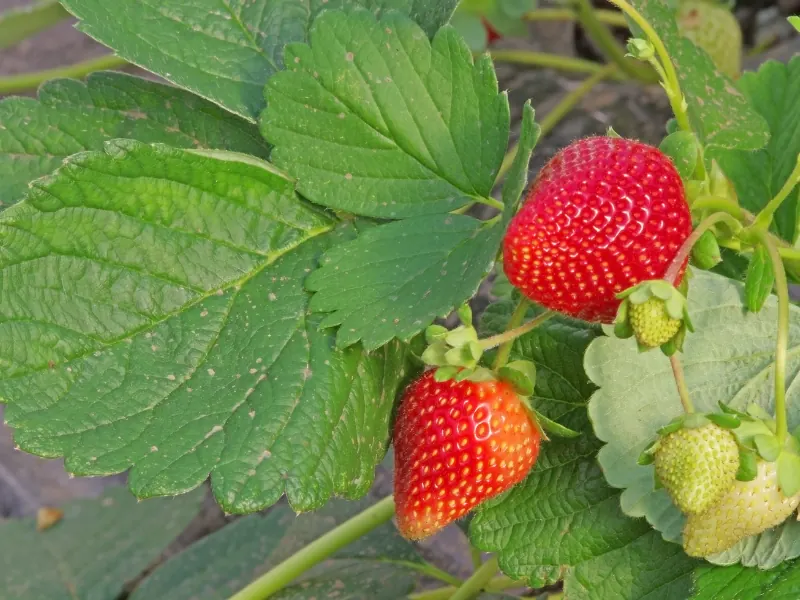
As a devoted gardener, you’ve likely spent hours nurturing your strawberry plants, eagerly awaiting their delicious fruits. However, come early summer; you may be shocked to discover that what you thought were flourishing strawberry plants are actually weeds in disguise.
Weeds that look like strawberry plants include wood strawberry, cinquefoil, mock strawberry, wild strawberry, Indian mock strawberry, snakeberry, red baneberry, and false lily of the valley plant.
These weeds that look like strawberry plants are tricky to identify and can confuse you between real and fake plants.
Weeds that look like strawberries
There are several weeds that we mistake for strawberries. Some of these weeds bear strawberry fruits that look similar to real strawberries, while others have similar leaves, flowers, height, and growth structures that are almost the same as a real strawberry.
Here are some of the most common weeds that look like strawberries:
1. Wood strawberry (Fragaria vesca)
First on our list is the wood strawberry that shares the Rosaceae family with the real strawberry.
At first glance, a wood strawberry may look similar to a real strawberry plant. Both have the same toothed trifoliate leaves, producing small white flowers with yellow centers. Additionally, both plants produce small, red fruits that have flavor and are edible.
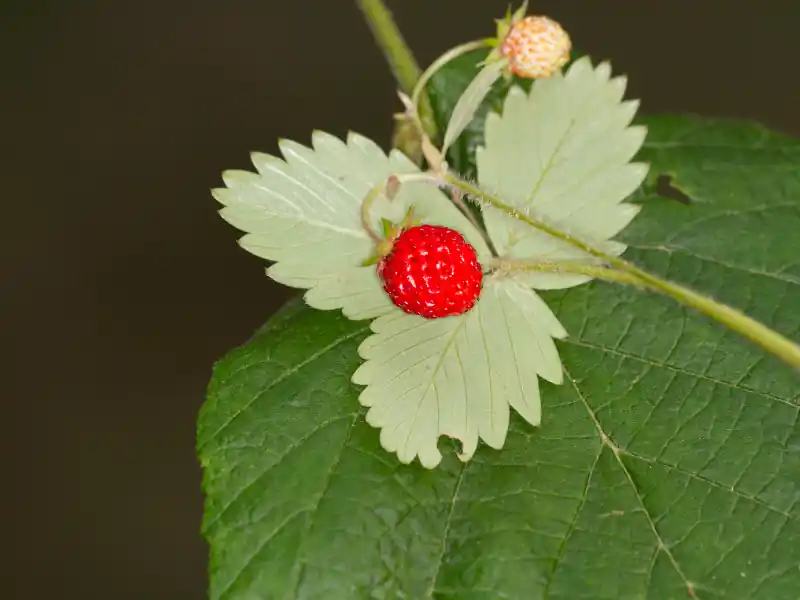
However, there are some key differences to look out for. The leaves of a wood strawberry are typically smaller and less shiny than those of a real strawberry plant. Additionally, the fruits of a wood strawberry are generally smaller and less flavorful than those of a real strawberry plant.
Another important difference is that wood strawberries are invasive species and can quickly take over your garden if left unchecked. This makes it difficult for real strawberries to grow fully to produce tasty berries.
2. Cinquefoil (Potentilla fruticosa)
Cinquefoils are often mistaken for real strawberries because they closely resemble each other. Like strawberries, cinquefoils have trifoliate leaves that are round-toothed and lobed. However, the similarity in appearance is often confusing, especially for those unfamiliar with the two plants.
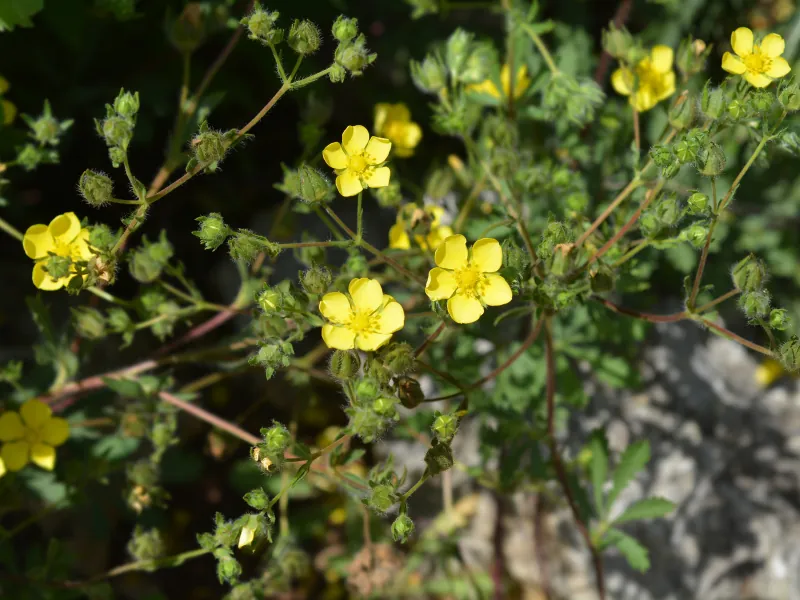
There are different species of cinquefoils, but they all share the same features of lobed leaves and yellow flowers. One species, the Norwegian cinquefoil, is commonly found in gardens and wild areas throughout the United States and Canada. It can grow between 1 to 3 ft high, taller than real strawberry plants that only grow up to 6 inches high.
The leaves of cinquefoils are also deeper lobed than strawberry leaves, and their stems are hairy, while the stems of real strawberries are smooth. Additionally, the blossoms of cinquefoils are yellow, whereas the blossoms of real strawberries are white.
Finally, the fruit of cinquefoils is dry, brown, and furry, which is very different from the heart-shaped, juicy, and red fruits of real strawberries.
Thus, the best way to distinguish between the two plants is to observe the color of the blossoms. If the flowers are yellow, they are cinquefoil, not real strawberries.
3. Mock strawberry (Duchesnea indica)
Mock strawberries are a type of weed that looks very similar to real strawberries at first glance. They have the same three-part leaves that are round-toothed, and they even produce red, seeded fruit that is safe to eat.
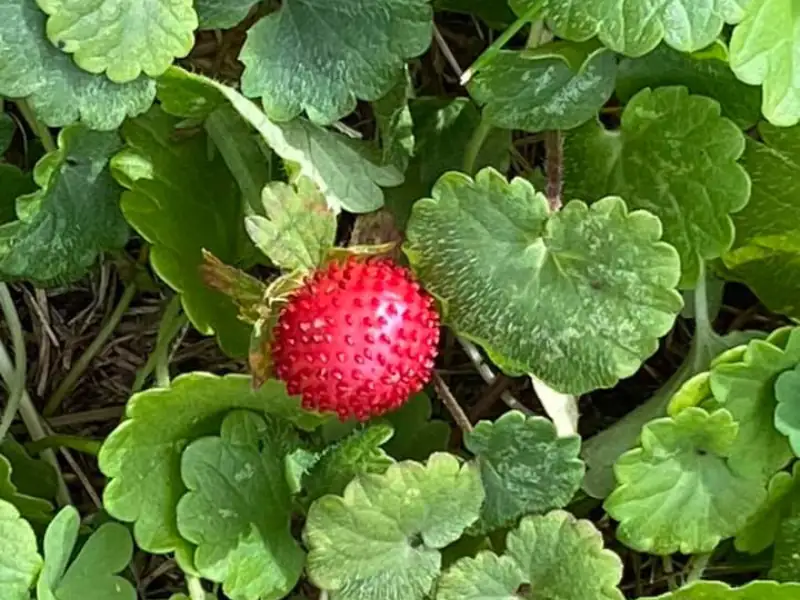
However, the difference becomes apparent when you look closely at the flowers. While real strawberries have white flowers, mock strawberries have yellow flowers.
Despite this difference, it can be easy to mistake mock strawberries for real strawberries, especially if you’re not paying close attention. Both plants have similar growth habits, with runners that spread out and produce new plants. They also produce almost identical fruits, with a red color and tiny seeds.
However, the taste of mock strawberries is where the real difference lies. While real strawberries are sweet and juicy with sweet flavor, mock strawberries are flavorless and watery, probably bitter. This is likely because mock strawberries are not related to real strawberries but rather a type of herb in the rose family.
4. Wild strawberry (Fragaria virginiana)
Wild strawberries prefer dry locations with rich loamy soils, similar to a real strawberry’s growing conditions. This means that it can grow and flourish well alongside your strawberries.
The wild strawberry is the parent of the actual strawberry we eat today, which is why it has many of the same features.
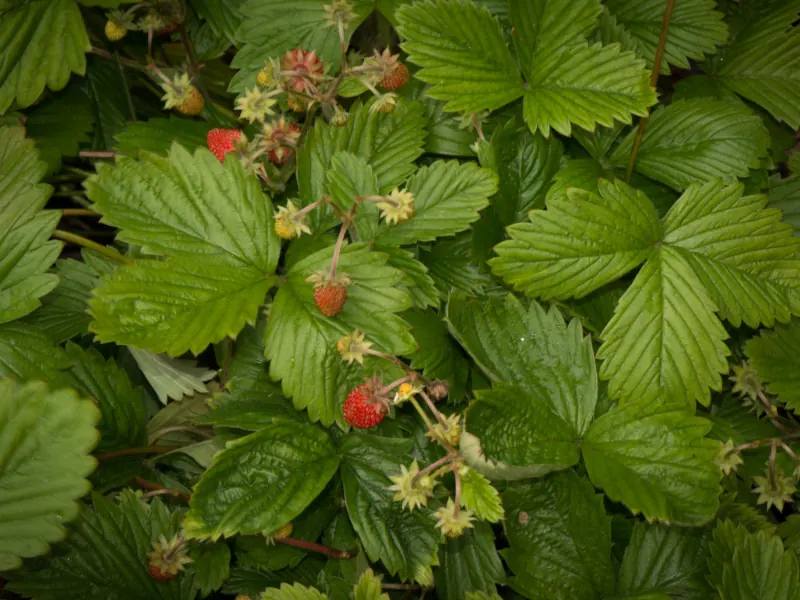
Luckily, a slight difference between the two can help tell them apart. First, the wild strawberry has tiny, almost triangular-shaped leaves, while the real strawberry has slightly larger oval-shaped leaves.
Secondly, the wild strawberry plant produces fewer fruits that are less flavorful than real strawberries, which have many fruits that are full of taste.
Having wild strawberries in your strawberry plantation is hazardous since they spread quickly and choke out your strawberries. To get rid of them, uproot them wholly and burn them.
5. Indian mock strawberry (Duchesnea indica)
Although it is easy to differentiate the Indian mock strawberry from the real strawberry, the two plants still share some similarities. In fact, the leaves, flowers, number of petals, and blooming time of the Indian mock strawberry are similar to those of the real strawberry.
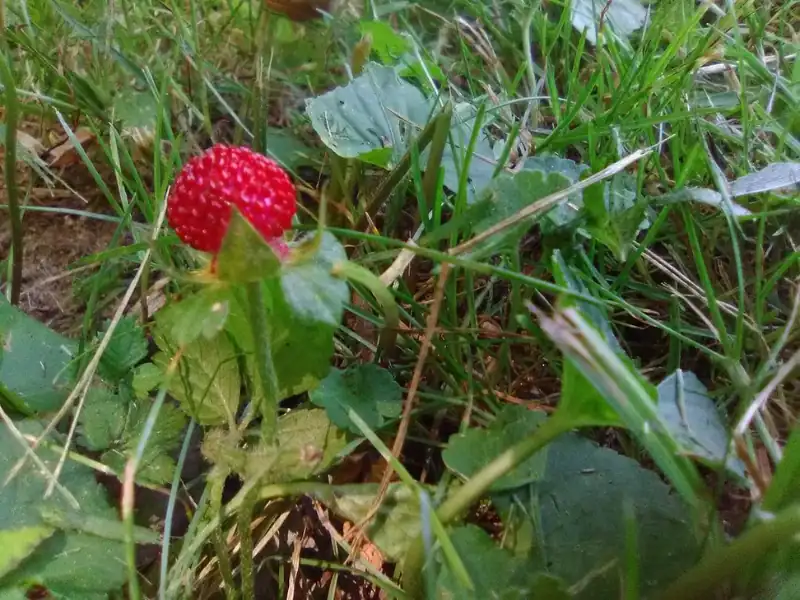
Here is where the difference occurs.
Indian mock strawberries grow by trailing stems, where-else a real strawberry spreads by runners.
An actual strawberry plant can grow to about 5 inches tall, while the Indian mock strawberry is low-growing and can reach up to 2 inches above the ground.
Indian mock strawberry also produces smaller, dry, tasteless fruits than real strawberry fruit.
If you spot this low-growing strawberry, the best way to eliminate it is to uproot and burn it.
6. Snake berry (Potentilla indica)
Snake berries got their name because of the growth structure of the plant that looks like a snake slithering on the ground. The leaves of the plant spread out in a way that’s similar to how a snake moves. It is also called scaly strawberry.
Snake berries have leaves similar to garden strawberries, whereby their margins are tooth serrated and are trifoliate, but they crawl on the ground.
Apart from the foliage, snake berries have yellow blooms, contrary to real strawberry plants that bloom with white flowers.
Another difference is visible in the fruits. Snake berries have red fruits with seeds exposed as little spikes on the surface, while real strawberries have red fruits with seeds buried on the surface. True strawberry fruits are much juicier and tastier than snake berry fruits.
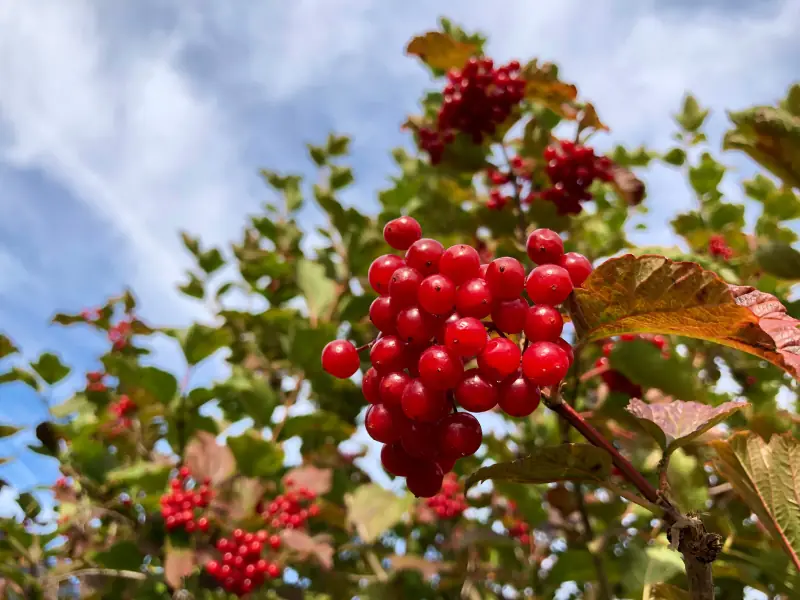
Snake berry plants will soon colonize your strawberry plantation quickly by spreading creeping rootstocks. Therefore, uproot them when your see one.
7. False Lily of the Valley (Maianthemum dilatatum)
False lily of the valley is a perennial plant that produces shiny, succulent red berries that are often mistaken for strawberries. While the red berries make it appear similar to real strawberry plants, they differ in several ways.
First, the false lily of the valley has heart-shaped leaves similar to strawberries, but they are more glossy, pointed at the tip, smooth at the margins, and elongated.
Secondly, false lilies of the valley can grow up to 15 inches tall, while strawberries grow up to 6 inches tall.
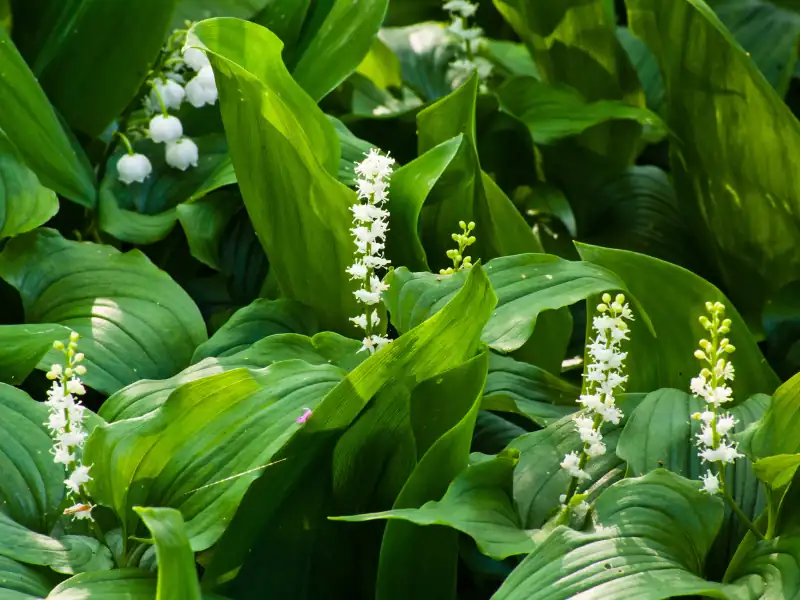
False lily of the valley can shade strawberry plants and cause stunted growth, reducing the yield. Therefore, uproot any false lily of the valley growing too close to your strawberries to prevent interference.
8. Red BaneBerry (Actaea rubra)
The name “red baneberry” suggests that this plant produces red berries resembling strawberries, making it easy to mistake them. However, red baneberries are highly poisonous if ingested.
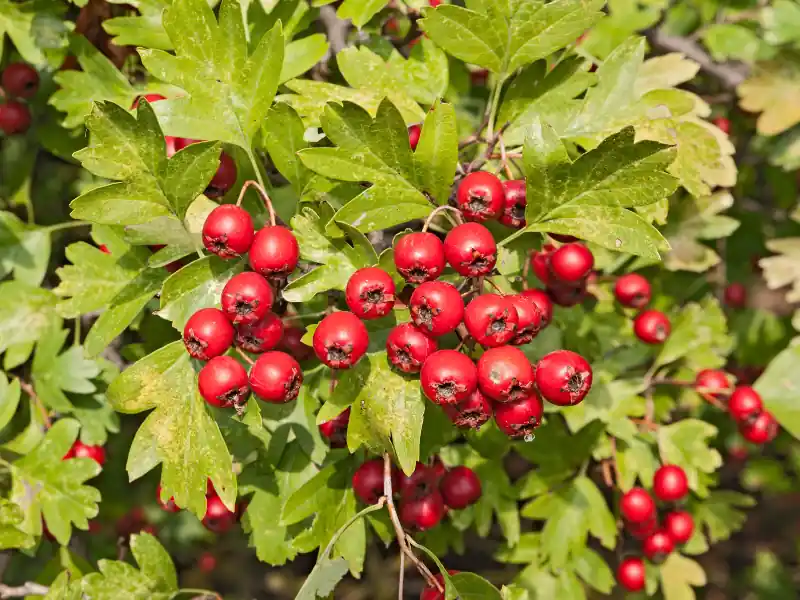
Despite that, there are also differences in the plant’s foliages. Red baneberry has leaves whose margins are sharp and deeply toothed compared to strawberry leaves that are slightly serrated.
As mentioned earlier, the red baneberry’s fruits are poisonous, and it is unsafe to have them growing with your strawberry plants. Therefore, inspect your garden and uproot them once you sight them.
FAQ
How can I tell the difference between a strawberry plant and a weed?
Strawberry plants have small, dark green, oblong-shaped leaves about 1.8 inches wide. Their flowers are white. On the other hand, weeds may have leaves of different shapes and sizes, and their flowers may be different colors than those of real strawberries. Some weeds may also not produce berries at all.
What should I do if I find a weed that looks like a strawberry plant?
If you find a weed that looks like a strawberry plant, the best thing to do is to remove it. You can do this by hand-pulling it or using a herbicide. Be sure to identify the weed before you remove it so that you don’t accidentally remove your strawberry plant.
How can I prevent weeds from growing in my strawberry patch?
To prevent weeds from growing in your strawberry plantation, mulch the area around your strawberry plants, water, weed, and fertilize your strawberry plants regularly.
Conclusion
Don’t be fooled by these plants that resemble strawberries. They take up valuable resources from your prized strawberry plants and reduce your harvest. With the knowledge gained from this article, regularly inspect your garden for real and fake strawberry plants, and take measures to keep these pesky weeds at bay.

